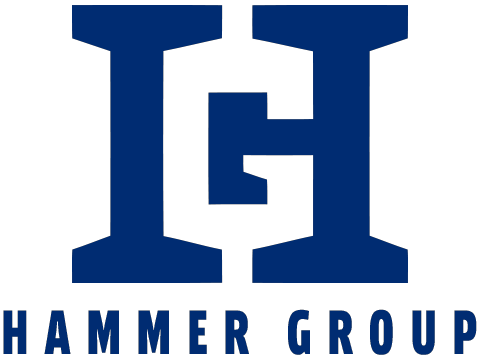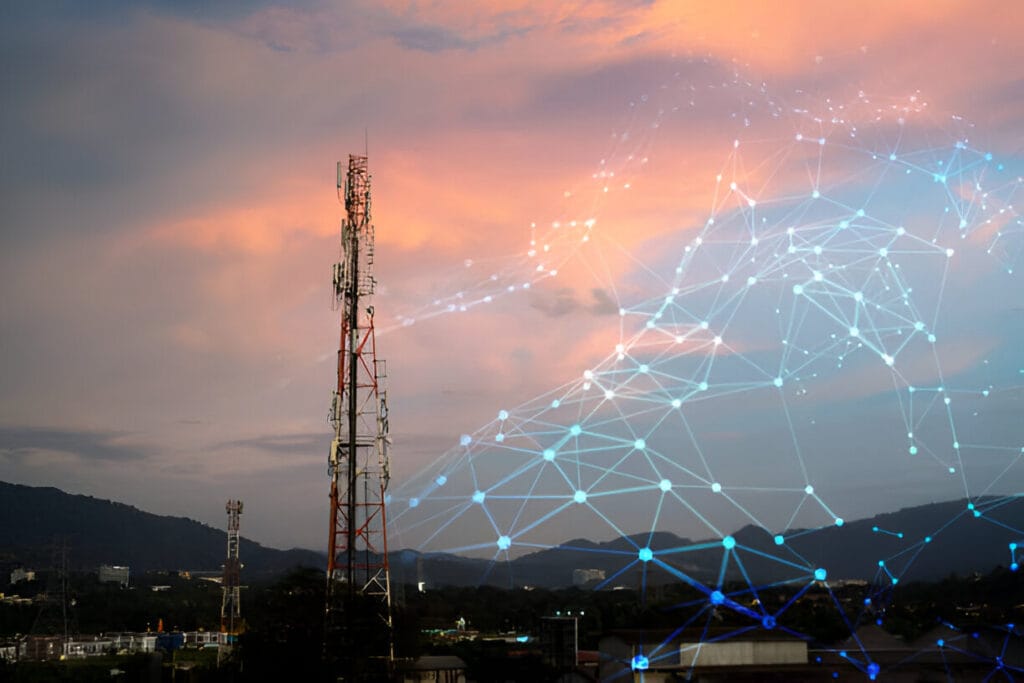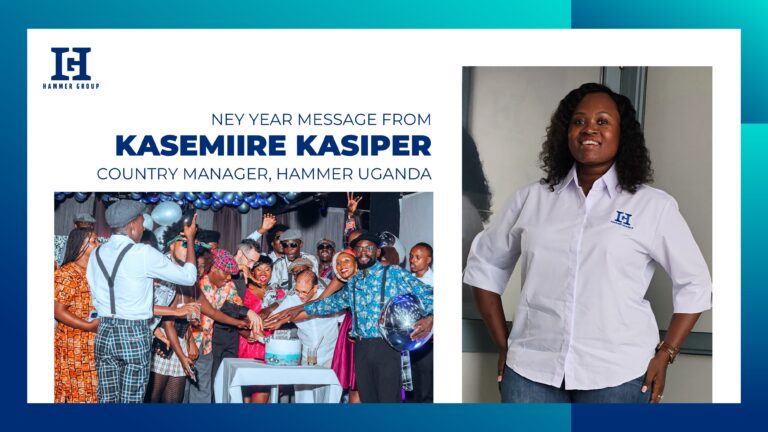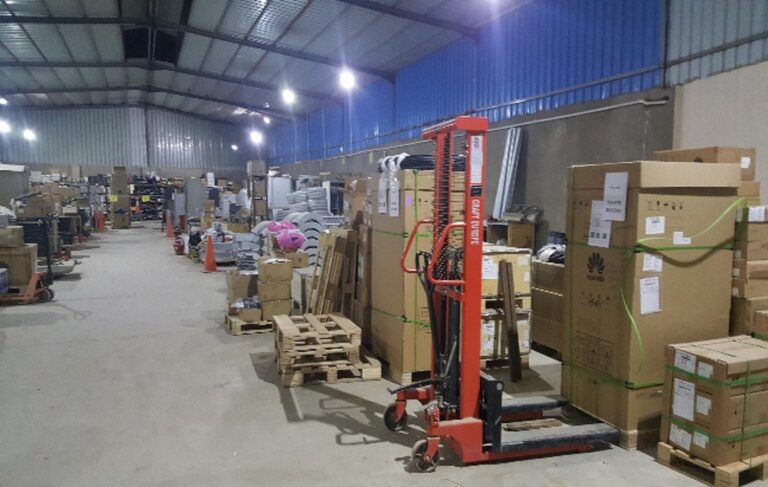Uganda’s telecom sector has grown rapidly, yet still trails leading markets in connectivity. By early 2025, Uganda had ~38 million mobile connections, but only about 11.77 million internet users (~24.6% of the 47.9 million population). Mobile adoption (≈30.6M SIMs, 63.8% of population) is high, but fixed broadband remains limited (median fixed download ~10.7 Mbps in 2023).
Key statistics include:
- Mobile subscriptions: ~30.6 million active SIMs (≈63.8% of population)
- Internet users: ~11.8 million people (24.6% internet penetration)
- Connection speeds (2023): median mobile ~26.1 Mbps, fixed ~10.7 Mbps. However, regulator tests show MTN Uganda’s average mobile download was only ~16.3 Mbps (Airtel ~15.5 Mbps).
- Global benchmarks: Lab speeds have reached 402 Tbps (Japan, 2024), and top-country averages (e.g., Singapore, ~368.50 Mbps) far exceed Uganda’s rates.
These figures highlight a significant gap between Uganda’s current connectivity and world leaders, underscoring both the growth potential and the infrastructure needs.
The countries with the fastest internet in the world, on average, are:
- Singapore: 368.50 Mbps
- United Arab Emirates: 318.63 Mbps
- Hong Kong (SAR): 312.60 Mbps
- France: 308.01 Mbps
- Iceland: 306.22 Mbps
Top five slowest countries
| Country | Average speed in Mbps |
|---|---|
| 2.38 | |
| 2.72 | |
| 2.80 | |
| 2.99 | |
| 3.10 |
Source: Cable.com
Hammer Group’s Infrastructure Role
Hammer Group is a multi-country telecom engineering firm active in Uganda. Founded in 2004 to serve mobile and fixed operators, the company now offers turnkey network solutions. Its portfolio spans mobile/fixed network deployment, fibre-optic backbones, power backup systems and tower maintenance. Hammer emphasises projects that “expand fibre networks, support rural coverage, and bring reliable infrastructure” to more communities. In practice, this means building and maintaining cell towers (often with hybrid power solutions) and laying fibre to underserved areas. For example, the company’s capabilities include green energy backup and extensive fibre/tower services. By partnering with operators and regulators, Hammer Group helps extend network reach; its work aligns with Uganda’s goals for better broadband and mobile service, especially outside major cities.
Technology, Infrastructure and Performance
Uganda’s networks are primarily 4G/LTE-based, with 5G on the horizon. In 2023, the Uganda Communications Commission (UCC) auctioned most available 5G spectrum to MTN and Airtel (25 out of 37 blocks, >68%). This paves the way for 5G trials and future rollout. Current operators include MTN Uganda, Airtel Uganda, Lycamobile (Tangerine) and state-owned UTel. UCC testing shows MTN and Airtel generally meet service benchmarks (call success ~98–99%), while UTel has lagged (e.g. high drop-call rate of 3.3%).
5G Evolution: Transforming Connectivity Beyond the Hype in 2024
Network equipment in Uganda comes from multiple global vendors. For example, Airtel Uganda’s radio access network was built on a mix of Nokia, Huawei and ZTE equipment (originally also Ericsson). MTN Uganda recently engaged Huawei to deploy a cloud-native, 5G-capable core over five years, unifying its legacy core into one vendor’s system. In general, Ericsson, Nokia, Huawei and ZTE all have a presence in Uganda’s infrastructure. The regulator UCC keeps operators accountable – it enforces quality standards and coverage obligations, for instance, requiring LTE networks to meet minimum data/coverage targets. These actions, together with infrastructure investments, aim to improve performance over time.
Global Speed Benchmarks and Connectivity
Global research shows the potential of ultra-fast networks. In the laboratory, Japan’s NICT team achieved a record 402 terabits per second (Tbps) over standard optical fibre. By contrast, practical consumer speeds are much lower. The United Arab Emirates currently leads national broadband speeds at an average of 291.85 Mbps (July 2024 data). Many advanced economies have average download speeds well above 200 Mbps. In comparison, Uganda’s network tests show average mobile downloads on the order of 15–16 Mbps. Ookla data similarly reports median mobile speeds in Uganda around 26 Mbps (2023). This wide disparity, from hundreds of Mbps globally to tens in Uganda, highlights the infrastructure gap. It also illustrates the opportunity: expanding fibre backbones and 5G can dramatically boost Uganda’s connectivity toward global norms.
Industry Players and Collaboration
Key stakeholders in Uganda’s telecom ecosystem include network operators, equipment vendors, regulators and infrastructure partners. Global vendors like Huawei, Nokia, Ericsson and ZTE supply Uganda’s networks. Telecom operators (MTN, Airtel, Lycamobile, UTel) work with these vendors on technology upgrades and expansions. Meanwhile, infrastructure companies (like Hammer Group and tower companies) build and maintain the physical networks. On the regulatory side, the UCC (Uganda Communications Commission) guides spectrum policy and quality standards. For example, the UCC’s 2023 spectrum awards and performance audits help steer investment and ensure service quality. Collaboration among government, regulators and the private sector is seen as vital – Hammer Group itself notes that operator-regulator-infrastructure partnerships are “driving real progress” in Uganda’s telecom development.
Outlook and Challenges
Looking forward, Uganda’s telecom sector is poised for significant change. Expansion of fibre-optic networks and further 5G deployment (especially by MTN and Airtel) could substantially raise speeds and coverage. Investment from both local and international entities – including infrastructure firms like Hammer – is key to this growth. For investors and regulators, priorities include bridging the urban–rural divide, improving network reliability (e.g. backup power for towers) and keeping services affordable. Indeed, Hammer Group and others emphasise that affordability and power supply remain real hurdles. On the positive side, rising demand for data services, mobile money and digital applications creates a large addressable market.
If infrastructure is built out and optimised (with support from vendors like Huawei/Nokia/etc.. and regulators’ guidance), Uganda could rapidly catch up.
Ultimately, both enterprise and consumer users stand to benefit from faster, more reliable internet, aligning Uganda more closely with global telecom standards.






